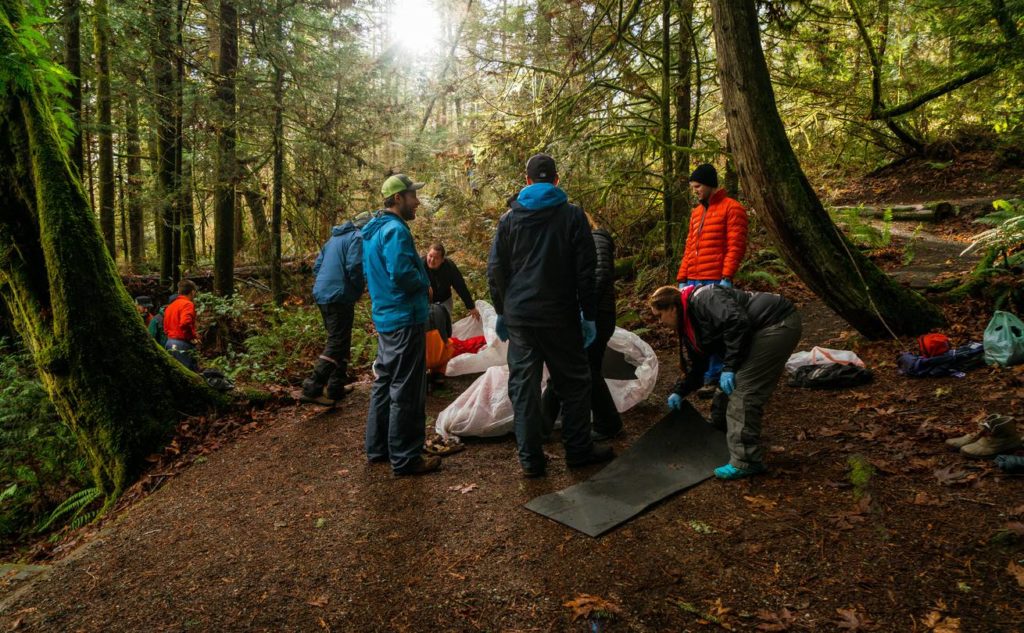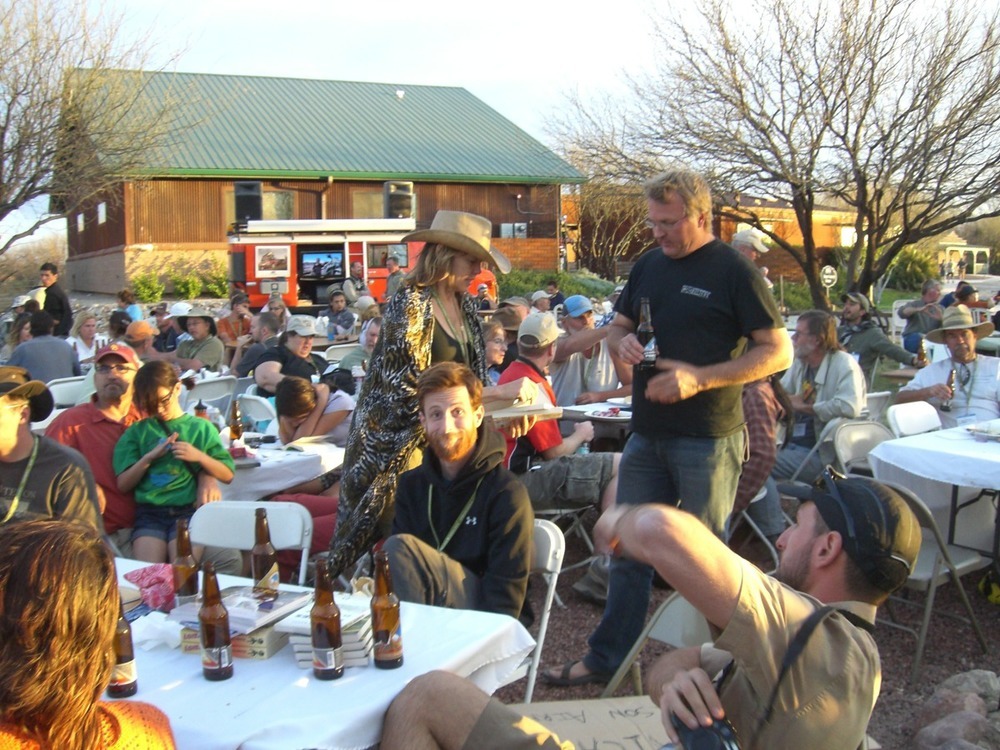Accidents happen, and when they do, it’s best to have the gear and skills to address the situation. That’s why we’re proponents of carrying first aid kits in your pack, your rig, and anywhere else you need them. Beyond the kits, you should also seek out training on how to use the equipment and supplies that you carry. Beyond simple medications and bandages, more severe emergencies in the backcountry can be handled with some simple equipment and training. So before you head out on your next adventure, make sure that your first aid kit and your training can keep you and your travel companions safe when emergencies arise.
Adventure Medical Kits Mini Medical Kit
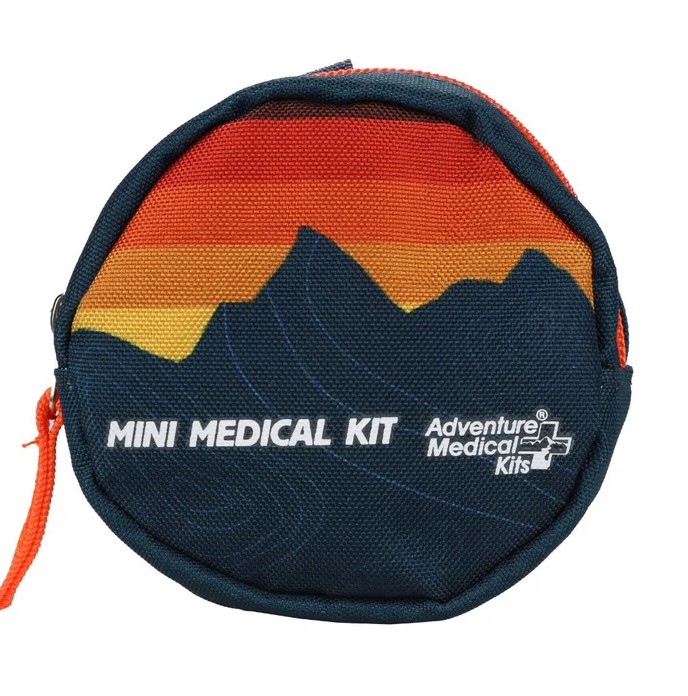
Starting small, this tiny kit from the pros at Adventure Medical is a great piece that can live in your pack, or you can even toss it in a jacket pocket when you take a quick hike away from camp with only the bare minimum. While it’s far from comprehensive, the Mini Medical Kit includes the essentials for treating cuts, scrapes, blisters, and abrasions. It’s also a great option for the kids, especially when you want them to get in the habit of carrying the essentials in a fun and smaller form factor.
Adventure Medical Kits Mountain Series Mountaineer Medical Kit
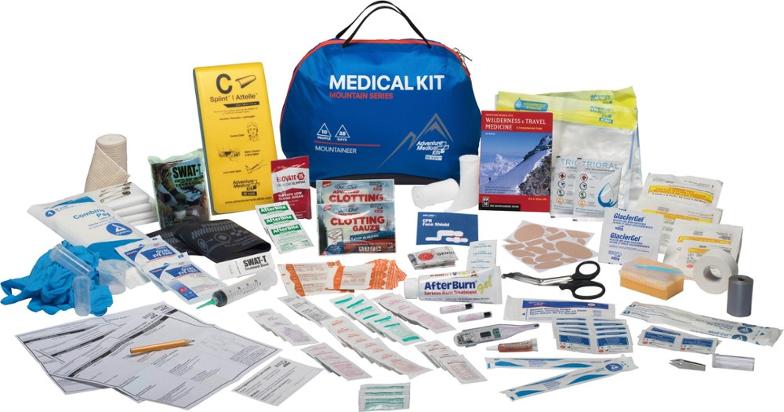
For major expeditions with large groups, this larger Mountaineer kit from Adventure Medical is a great option. Designed to serve a group of up to 14 individuals for 28 days, it can address over 200 different types of medical needs. While large kits like this can be overwhelming, the easy-care system organizes the kit into injury-specific sections so that you can find what you need in an emergency situation.
When you venture away from your rig, the detachable Summit Kit allows you to take along the essentials without lugging the larger bag up the mountain. For guides, overlanders who take long trips, and even adventurers who want a serious kit at home, the Mountaineer Medical Kit is a great option.
Adventure Medical Kits ADS Me And My Dog First Aid Kit
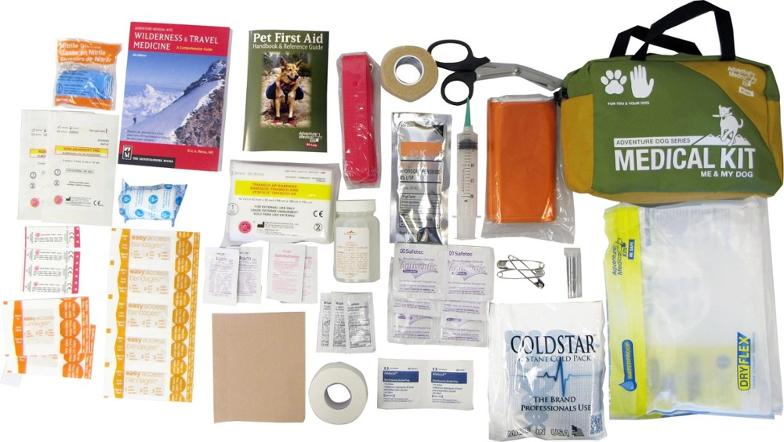
Many overlanders adventure with a furry companion, so we can’t forget about pet first aid. This ADS (Adventure Dog Series) kit not only serves as a good mid-sized option but also has specialty items and a dog-centric guide. It’s required equipment if you take your dog with you on the trail.
If your dog eats something they shouldn’t, the 3% hydrogen peroxide solution can induce vomiting, the tick remover can safely take care of those parasitic pests, and the triangular bandage can work as a soft muzzle so that you can safely administer aid.
Of course, it has all of the regular equipment, so it’s useful for you and your human companions. At .5 x 5.3 x 3.55 inches, this kit packs a lot of equipment into a relatively small size.
READ MORE: Editors’ Choice: Overland Recovery Gear
Room for Expansion
It’s important to remember that it’s nearly impossible for any off-the-shelf first aid kit to meet the needs of your travels to a T. That’s why you should look for additional supplies that are specific to your activities and environment. If you’re traveling in the Southwest, ticks and poison ivy probably won’t be on your radar like they would be during a summer trip to New England. As always, make sure you know how to use this equipment before you need it, even if that’s just thoroughly reading the instructions.
JASE Medical Emergency Antibiotics Kit

JASE Medical offers prebuilt and fully customizable kits that include a wide variety of antibiotics and other prescription medications that are designed to keep you healthy and ahead of sudden illness when you’re miles away from the nearest doctor or pharmacy. The prescription process is quick and easy, so you can receive a well-stocked kit before you head off on that last-minute trip to faraway destinations. Each kit includes an easy-to-follow booklet that lets you know which medication treats what conditions and how to utilize them correctly. For international and remote travel, this is a worthwhile addition to your first aid supplies. Read our full review here.
Adventure Medical Kits Trauma Pak with QuikClot Kit
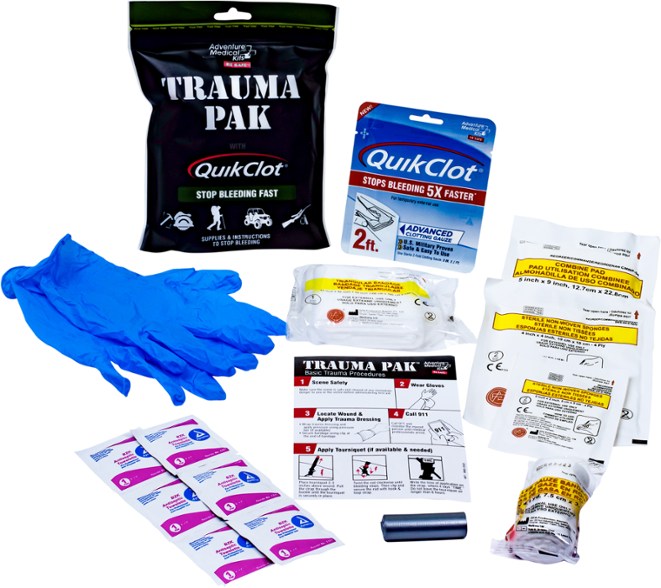
This bundle from Adventure Medical is a great bleeding control option for situations that don’t need a tourniquet. The QuikClot can stop a surprising amount of blood, and the other items are useful for bandaging wounds and keeping them clean.
MY MEDIC Wound Closure Kit/4-in-1 Suture Kit
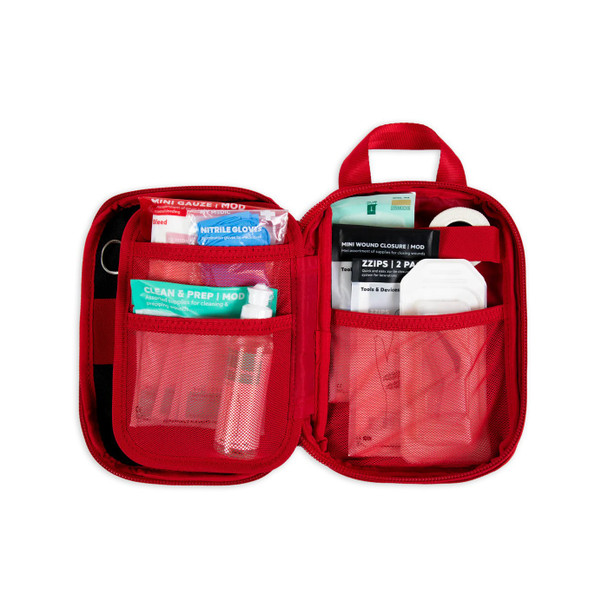
Suture is a scary word to plenty of people, but unfortunately, some emergency situations require wound closures beyond a basic bandage. If you’re miles away from the nearest clinic, you might have to suture up a wound if things go wrong. With this kit from the trusted pros at MY MEDIC, you can address those emergencies confidently. The kit includes four different ways to close wounds, including sutures, surgical tape, adhesive, and ZZIPS Wound Closure Strips. Plus, it has all of the supporting gear you need to address a variety of wound care scenarios. Don’t wait until someone needs to be stitched up to learn how to suture. Find a class, and even after you get trained, practice your skills. A banana peel makes a great model for practicing suturing, and you’ll be more confident in your skills when the time arises.
Tecnu Oak-N-Ivy Cleanser
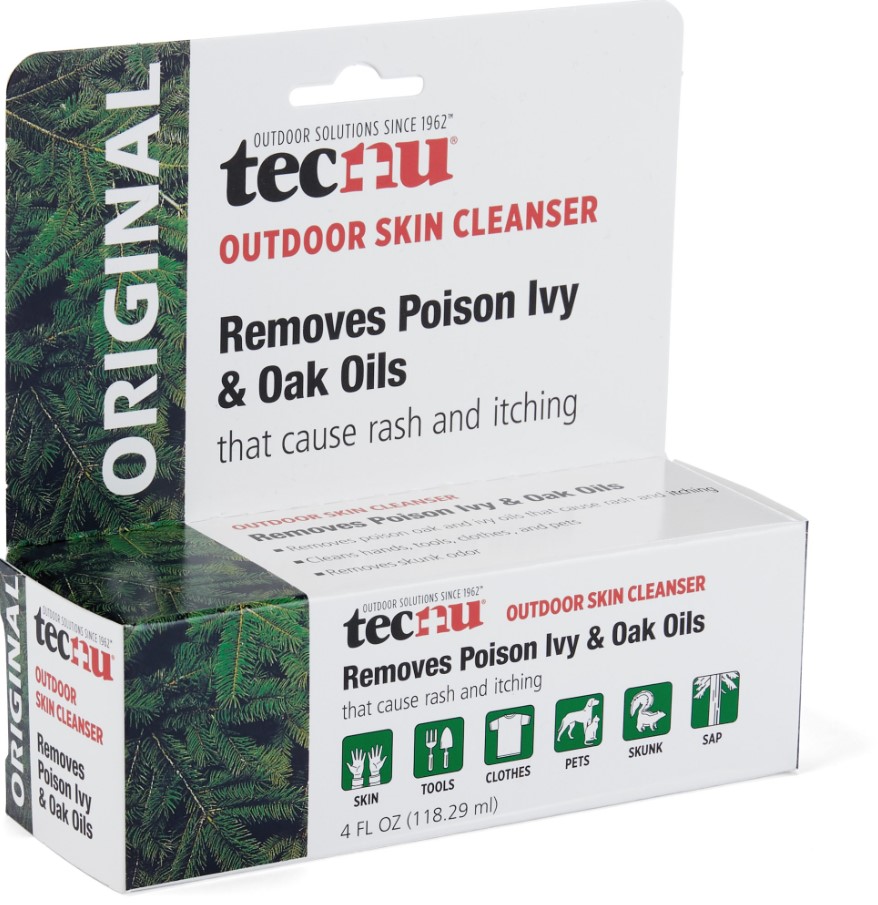
A bad case of poison ivy or poison oak can make a great trip a miserable experience. Avoidance by being able to identify these plants is best, but if you are exposed, having something to combat the itch is well worth the space in your kit. The Tecnu Oak-N-Ivy Cleanser doesn’t require water, and the rave reviews were enough to convince us that it works. Simply spray areas that might have been contaminated with the oils from the plants to start the healing process and to separate the oils from your skin. It can also be used on contaminated clothing and tools.
Tick Patrol Tick Remover Tool
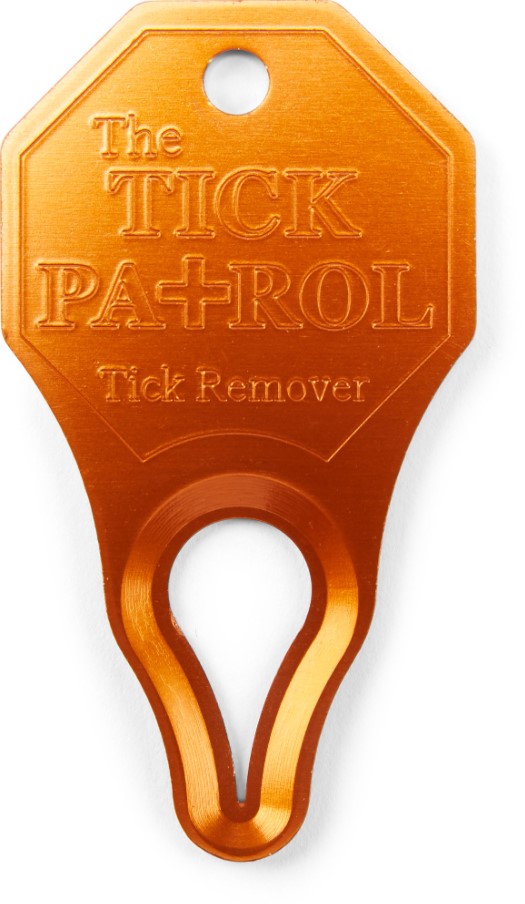
These nasty little parasites can cause several diseases, including Lyme and Alpha-Gal. Even if you don’t contract something from the tick, improperly removing it after it has attached can lead to an infection. To avoid that, be sure to use the Tick Remover Tool to rid yourself of ticks without taking a chance on their heads detaching at the site of the bite. This is a tiny piece of gear that comes in at under $7, so there’s no reason to omit it from your kit, even if you rarely encounter ticks on your travels.
CAT Tourniquet
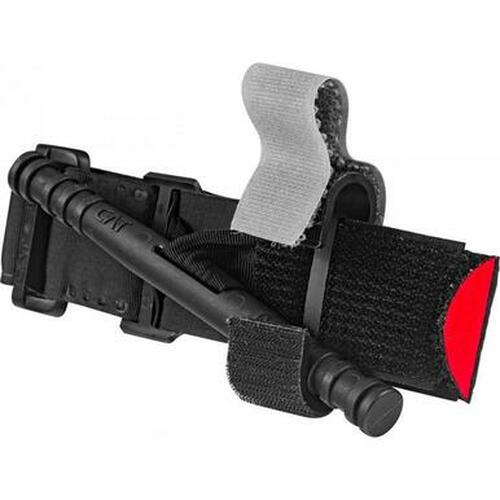
Especially in the backcountry, a severe bleed injury is a major emergency. Outside of the basics of applying pressure, a tourniquet is the best option for controlling bleeding. There are several options on the market, but the current generation CAT Tourniquet is highly regarded as one of the best. When properly applied, it can control life-threatening bleeding for an extended amount of time so that the patient can be transported to a hospital.
SAM Splint
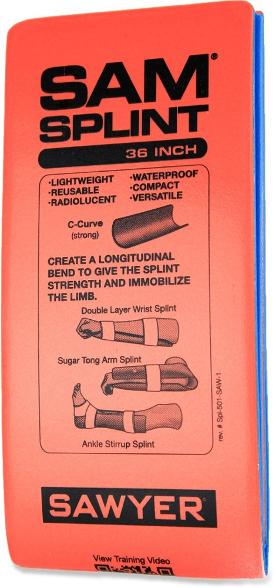
While we hope that no one ever has to worry about addressing a broken bone on an overlanding trip, if it does happen, stabilizing the break and keeping the injured comfortable is the first order of business. A SAM Splint doesn’t take up a lot of room but can be infinitely useful for stabilizing practically any break. It packs up small and is reusable, so don’t miss this addition to your emergency gear.
Additional Equipment
Before heading out, consider any other needs you might need to meet based on your environment or individual health requirements. Epi-pens, pediatric medication, diabetes accommodations, and a host of other specifics may affect what you pack. If you’re hitting the trails with new people, it’s definitely worth the time to check that they have anything that they might need for any special medical situations.
Training
Here at Overland Expo, we’re big proponents of training; it’s in our motto, and that applies to driving, recovery, and a host of other backcountry skill sets. First aid and emergency preparedness are definitely among the categories in which proper training is a must. MY MEDIC offers online courses on a wide variety of medical topics. You can also seek out trusted schools and training entities in your area to improve your first aid skill set. These can include NOLS, community organizations, and private training. Regardless of where you decide to go based on your needs — price, location, specific skills taught — be sure to research the training source to ensure they’re trusted and vetted.
